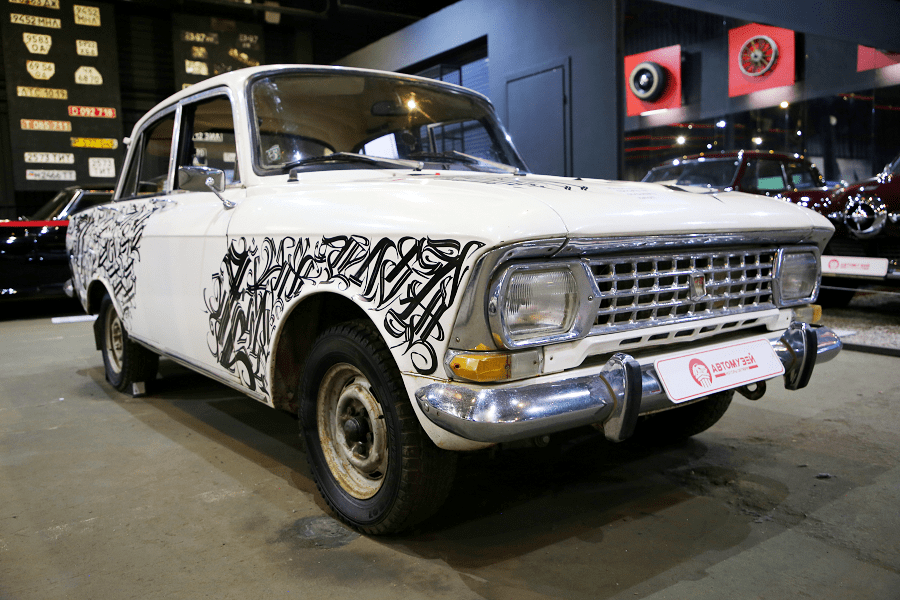Farman HF.20
The Farman HF.20 and its derivatives were a family of reconnaissance aircraft produced in France shortly before and during the First World War. It was a refined version of the Farman MF.11 “Shorthorn” that did away with the type’s distinctive landing skids, and incorporated design features from Henri Farman’s designs.
It entered service with the French, Belgian and Serbian armies in 1913 (two aircraft conducted reconnaissance during the Siege of Scutari in the First Balkan War and one crashed), and with the British RFC and RNAS shortly after the outbreak of war. The type was also licence-built in the UK by Airco and Grahame-White.
The HF.20 was seriously underpowered, and a variety of engines were trialled in the hope of correcting this, none with much success. The problem was eventually solved only when an engine of twice the power of the original powerplant was fitted to the HF.27 variant, by which time the aircraft was already obsolete. Nevertheless, the performance of the HF.20 made it adequate for use on secondary fronts.
Country: France
Year: 1912
Crew: 2 (pilot and observer)
Length: 8.06 m (26 ft 5 in)
Wingspan: 13.65 m (44 ft 9 in)
Height: 3.15 m (10 ft 4 in)
Materials: wood, coated canvas, metal, fabric covering and painting
Powerplant: 1 × Gnome Lambda 7-cylinder air-cooled rotary piston engine
Power: 60 kW (80 HP)
Maximum speed: 165 km/h (89 kn)
Range: 315 km (170 nmi)
Ceiling: 1,050 m (3,440 ft)
Weight: 360 kg (794 lb)
Armament:
→ 1 × machine gun on flexible mount for observer
→ small load of 75 mm (3.0 in) bombs














